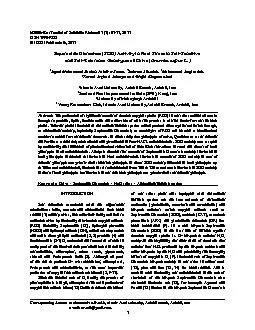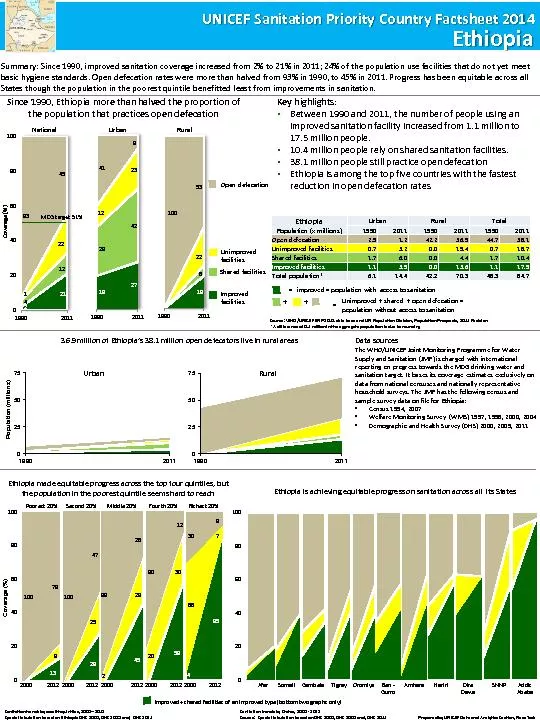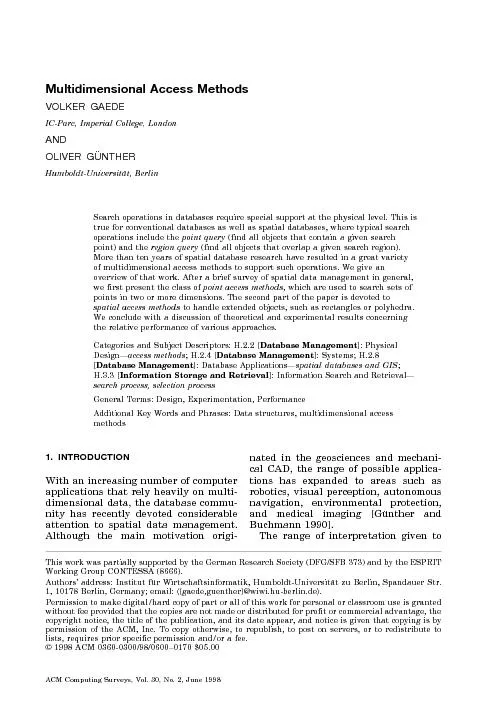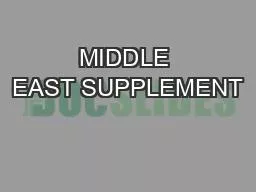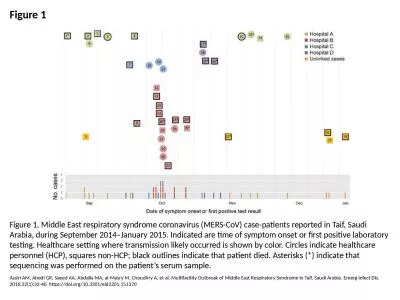PDF-Middle-East Journal of Scientific Research 7 (1): 07-11, 2011ISSN 1990
Author : pamella-moone | Published Date : 2015-10-27
Superoxide Dismutase NaCl stress Antioxidant defense systemINTRODUCTION Uptake in controlSample uptakePercent inhibition of resuscitation Uptake in controlDistilled
Presentation Embed Code
Download Presentation
Download Presentation The PPT/PDF document "Middle-East Journal of Scientific Resear..." is the property of its rightful owner. Permission is granted to download and print the materials on this website for personal, non-commercial use only, and to display it on your personal computer provided you do not modify the materials and that you retain all copyright notices contained in the materials. By downloading content from our website, you accept the terms of this agreement.
Middle-East Journal of Scientific Research 7 (1): 07-11, 2011ISSN 1990: Transcript
Download Rules Of Document
"Middle-East Journal of Scientific Research 7 (1): 07-11, 2011ISSN 1990"The content belongs to its owner. You may download and print it for personal use, without modification, and keep all copyright notices. By downloading, you agree to these terms.
Related Documents

